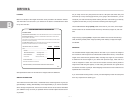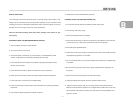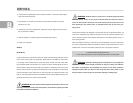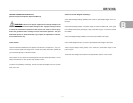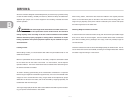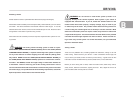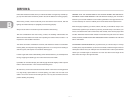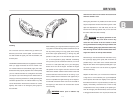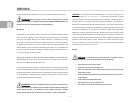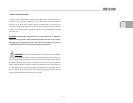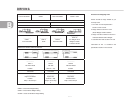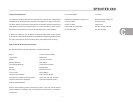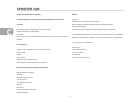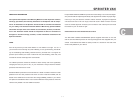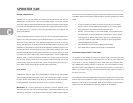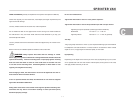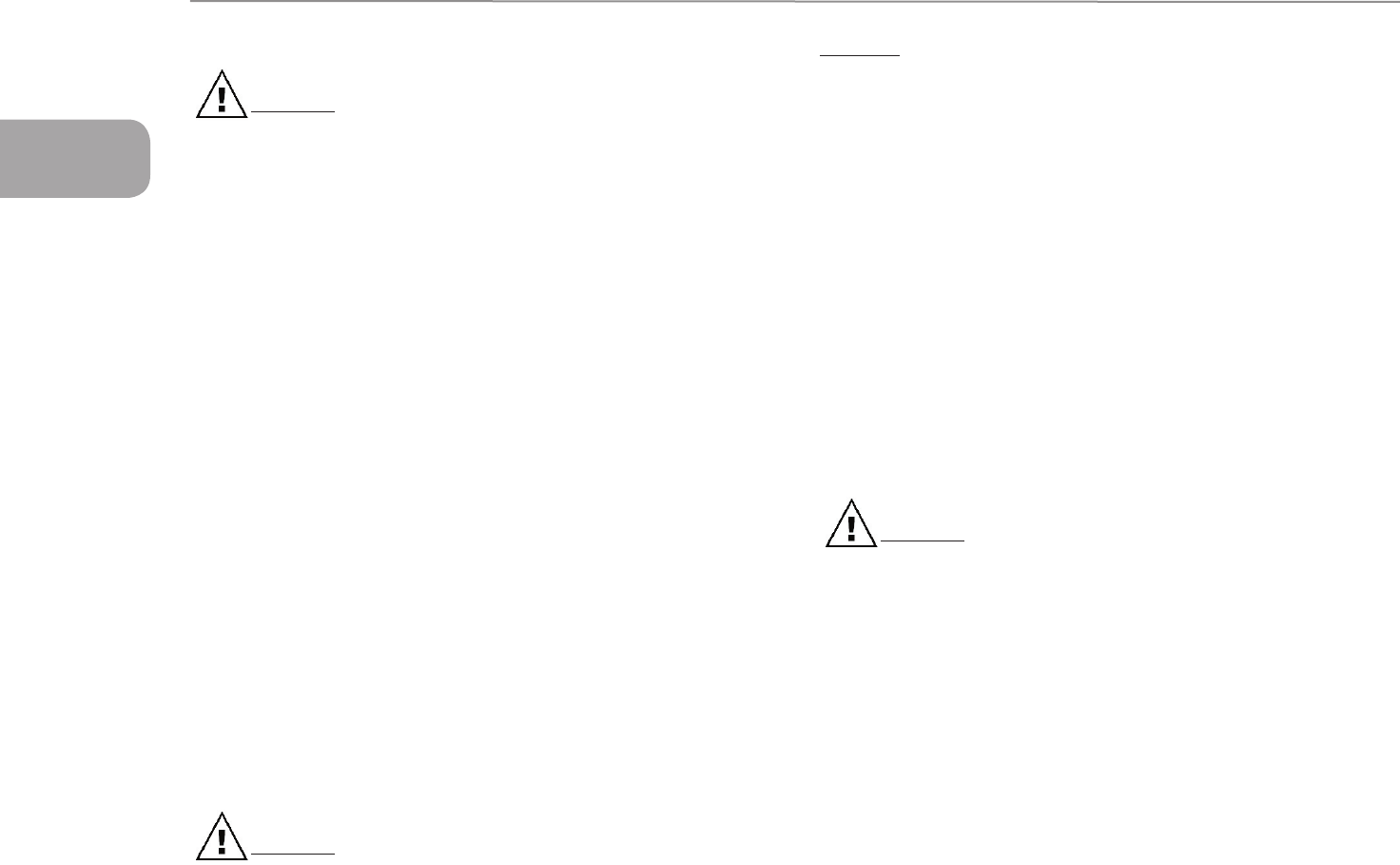
B
DRIVING
B - 9
briefly applying the trailer brakes with your manual control will help eliminate sway.
WARNING: When stopping on a hill or slope, leaving your tow vehicle
in gear is not enough for standstill safety. CHOCK THE TRAILER WHEELS to he
double sure. Do not use trailer brakes as parking brakes.
Backing Up
In BACKING UP the important thing to remember is to DO EVERYTHING SLOWLY
and to correct immediately if you see the trailer turning the wrong way. Concentrate
on the rear of the trailer. With your tow vehicle and trailer in a straight line, back up
slowly and turn the bottom of the steering wheel in the direction you want the trailer to
go. Watch out the window or in the mirror until the rear of the trailer is pointing in the
desired direction. Your tow vehicle will be following the trailer in an arc. Straighten the
tow vehicle and trailer by turning the steering wheel more sharply, and then when they
are in line, straighten the steering wheel.
ALWAYS TRY TO BACK TO YOUR LEFT BECAUSE THE VISIBILITY IS MUCH BETTER.
(See Illustration) When you don’t make it on the first try it is usually much easier to pull
forward to your original position and start over.
If your spouse or traveling companion normally directs you when backing they should
position themselves forward of the tow vehicle so the driver can easily see them. Their
directions should always indicate to the driver the direction the rear of the trailer should
go. A little practice in a parking lot with the person giving directions can save a lot of
frustration when backing into a campsite.
WARNING: take into consideration that when towing a trailer, the han-
dling characteristics are different and less stable from those with operating the
vehicle without a trailer. It is important to avoid sudden maneuvers. Sudden
maneuvers may lead to loss of control over the vehicle -- trailer combination.
CAUTION: If the transmission hunts between gears on inclines, manually shift to
a lower gear (select “4”, “3”, “to “2” or “1”). A lower gear and reduction of speed
reduces the chances of engine overloading and/or overheating. When going down a
long hill, shift into a lower gear and use the engines braking effect. Avoid riding the
brakes, thus overheating the vehicle and trailer brakes. If the engine coolant rises to
an extremely high temperature (coolant temperature needle approaching the red zone)
when the air conditioner is on, turn off the air conditioner. Engine coolant heat can be
additionally vented by opening the windows, switching the climate control fan speed
to high and setting the temperature control to the maximum hot position. Extreme care
must be exercised censure vehicle with a trailer will require additional passing distance
ahead that when driving without a trailer. Because your vehicle and trailer is longer
then your vehicle alone, you will also need to go much further ahead of the passed
vehicle before you can return to your lane.
Parking
WARNING: to reduce the risk of personal injury, or damage to the ve-
hicle power train, as a result of vehicle/trailer movement, always:
• Keep right foot on the brake pedal.
• Shift tear selector lever to position "N".
• Have a second person place wheel chocks on downhill side of left and
right trailer wheels.
• Slowly release brake pedal cannot vehicle and trailer roll into chocks
until stopped.
• Firmly depress parking brake pedal.
• Move gear selector lever to position "P".
• On inclines, turn from wheels towards the road curb.



